
Some of the best meals don’t need utensils—just your hands and an appetite. Across cultures, handheld foods bring bold flavors, rich history, and ultimate convenience. This list highlights twenty delicious grab-and-go eats, each with a unique story and unforgettable taste.
Banh Mì: Vietnam
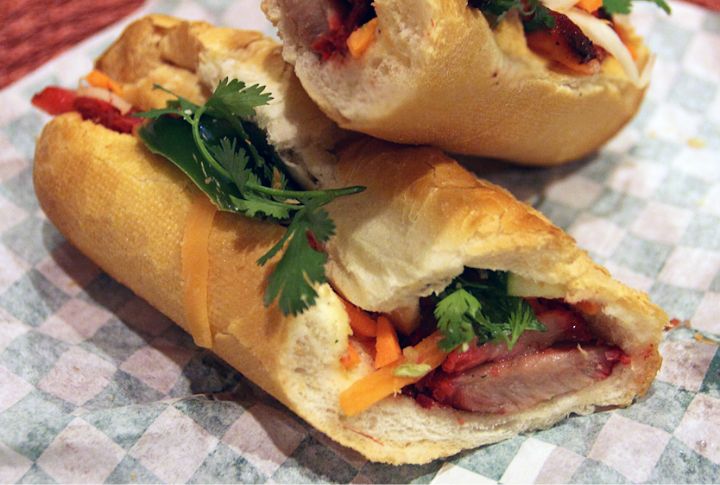
Banh Mì is famous. But did you know it started as a fusion of cultures? French colonists introduced baguettes to Vietnam, and locals filled them with bold flavors like pickled vegetables, herbs, cheese, and meats. This East-meets-West sandwich is now a global favorite.
Croissants: Austria

Golden, flaky, buttery, crisp—croissants weren’t even French originally. Born in Austria as the kipferl, they were reimagined in France with puff pastry. Today, the croissant is a beloved grab-and-go breakfast, and with online popularity, it is being loved globally.
Sandwiches: England

Many people eat sandwiches daily—how did they become a global staple? Whether stacked with deli meats or packed with peanut butter, they remain essential. From England’s 18th-century aristocrats to America’s deli culture, sandwiches evolved into a universal convenience.
Bunny Chow: South Africa
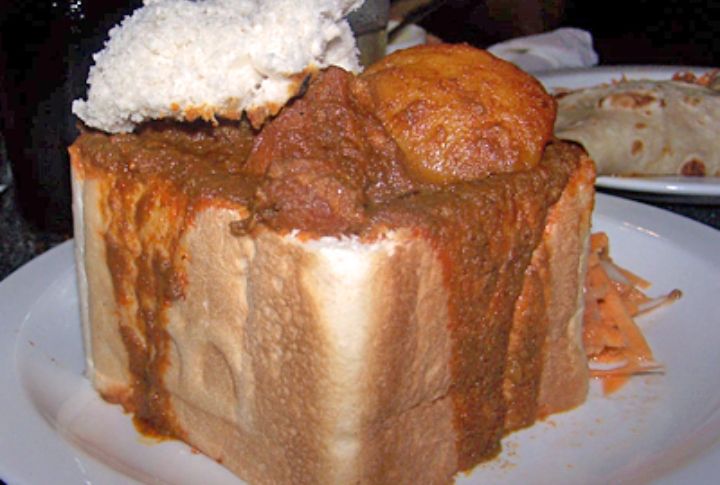
A South African dish called Bunny Chow contains no bunnies. Instead, it’s a hollowed-out bread loaf filled with spicy curry, invented by Indian laborers in Durban. This hearty dish is now a South African street food staple.
Samosas: Central Asia
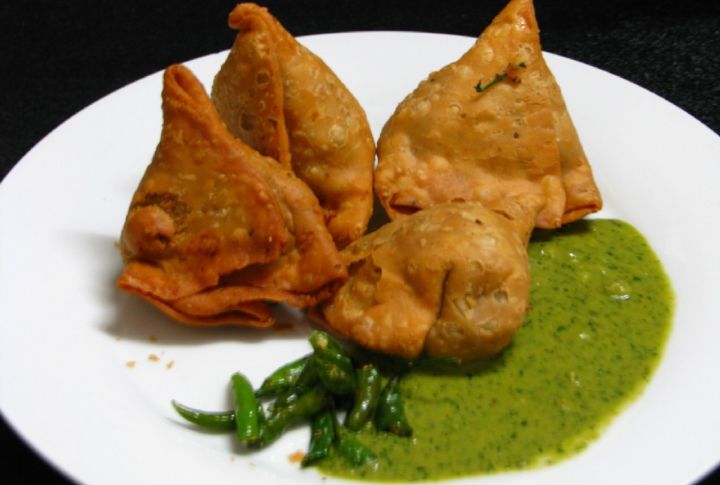
Did you know samosas originated in Central Asia, not India? Traders brought these stuffed pastries along the Silk Road. Golden and fried to perfection, these snacks turn any moment into a celebration. One question remains: mint chutney or tamarind sauce?
Gyros: Greece
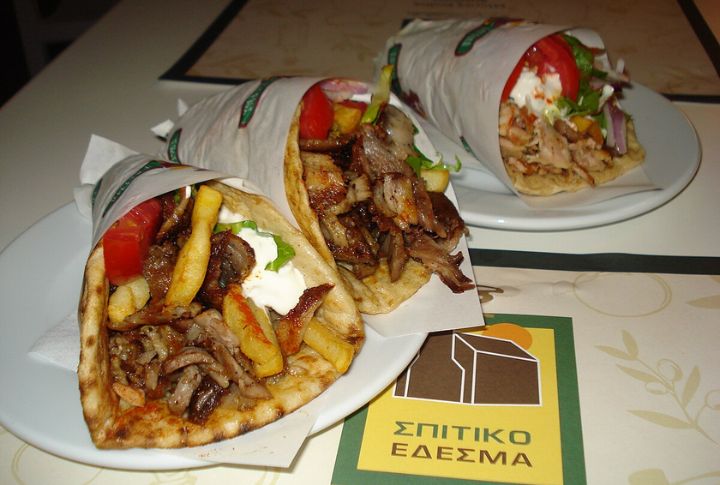
Food tells a story, and gyros are pure Greek tradition. Wrapped in a warm pita and packed with spiced meat, crisp veggies, and tangy sauce, this street food favorite delivers centuries of Mediterranean flavor in every handheld, mouthwatering bite.
Empanadas: Spain
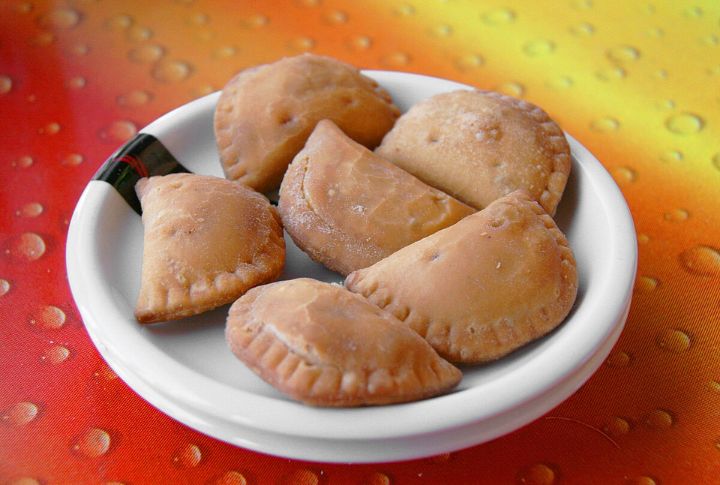
Handheld foods are passports to culture—each bite tells a story. Flaky pastry encases slow-cooked meats, melty cheese, or sweet fillings; each country crafts its own version. Whether Spanish, Argentine, or Filipino, these savory pastries represent comfort and tradition.
Hotteok: Korea
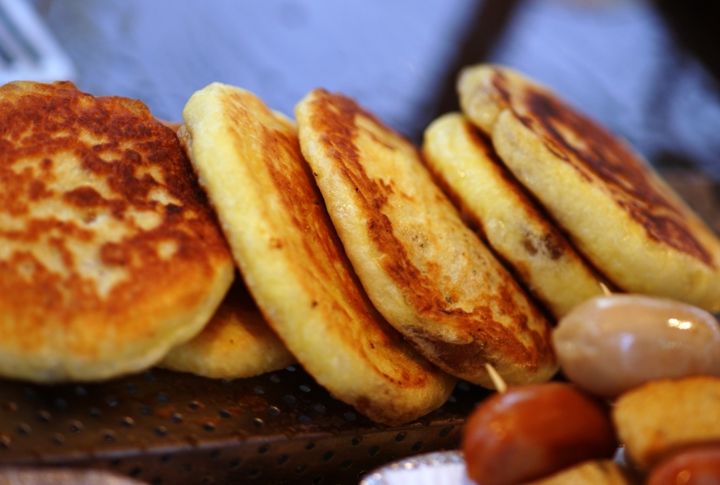
Crispy outside, molten brown sugar, nuts, and cinnamon within. This winter street snack oozes warmth and delivers the perfect balance of crunch and chew. Served piping hot, it’s a dessert that demands patience—but gives warmth in minus degrees.
Tacos: Mexico
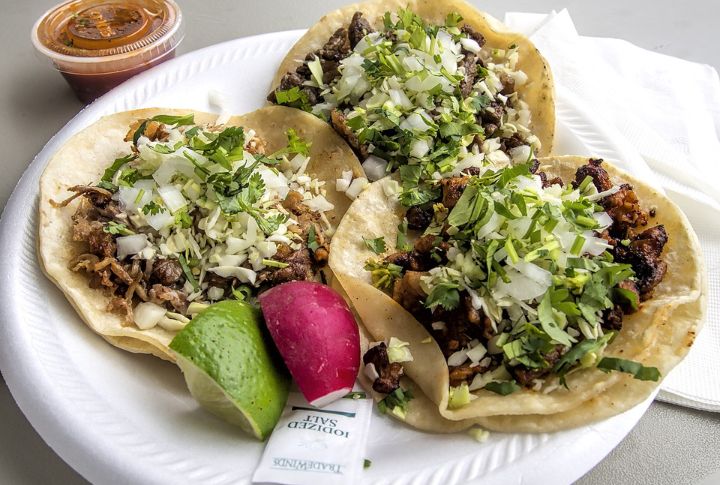
Picture a taco stand in Mexico City: sizzling meat, fresh cilantro, vegetables, and a squeeze of lime. Now, imagine the same dish plated in a fine-dine restaurant, elevated with smoked duck and caviar. No matter the setting, the taco remains irresistible.
Onigiri: Japan

Samurai carried onigiri into battle as a portable, energy-packed meal. Unlike elaborate sushi, these compact rice balls require no chopsticks, making them ideal for travel. Centuries later, they remain a staple in Japanese convenience stores.
Pizza: Italy

Fold it, grab it, or use a fork—the way you eat pizza depends on where you are. In Italy, simplicity reigns, while elsewhere, toppings pile high. Either way, this cheesy, crispy creation remains the ultimate crowd-pleaser, one slice at a time.
Falafel: Egypt

Falafel might be plant-based, but it wasn’t always a vegan icon. Originally a simple, spiced fritter, it gained global fame as a meat alternative. Now, chefs experiment with beetroot, lentils, and quinoa variations, which proves this ancient dish is still evolving.
Bao Buns: China

Bao buns are everywhere—food trucks, fine dining, and even fast-food menus. But why the sudden obsession? These soft, pillowy buns date back to China’s Three Kingdoms era, originally steamed for royalty. Their rise in the West comes from their perfect fusion of texture and flavor.
Arepas: Colombia

What’s the world’s most unexpected handheld food? Let’s explore arepas. These cornmeal pockets, essential in Venezuela and Colombia, serve as anything from breakfast to dinner. Grilled or fried, they are stuffed with cheese, avocado, meat, or shredded beef, and arepas adapt to different flavors.
Tostada: Mexico
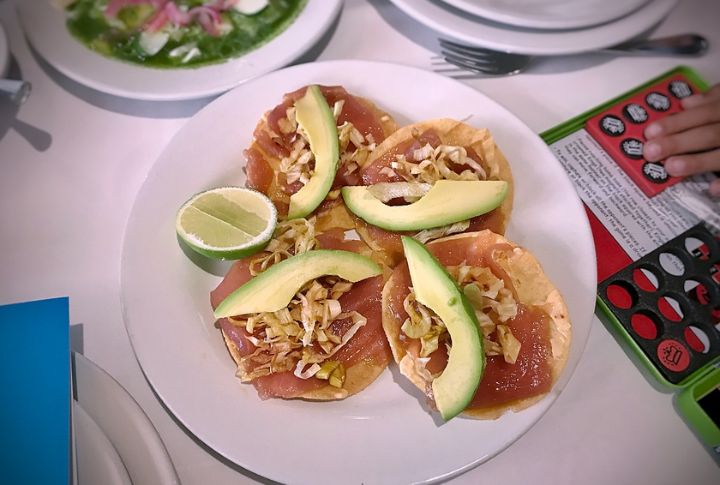
Born from the need to use leftover tortillas, tostadas have become a staple in Mexican cuisine. Street vendors serve them affordably, while upscale chefs turn them into gourmet masterpieces. Crisp, golden, and endlessly versatile, they bridge the gap between rustic and refined.
Empanadas: Spain
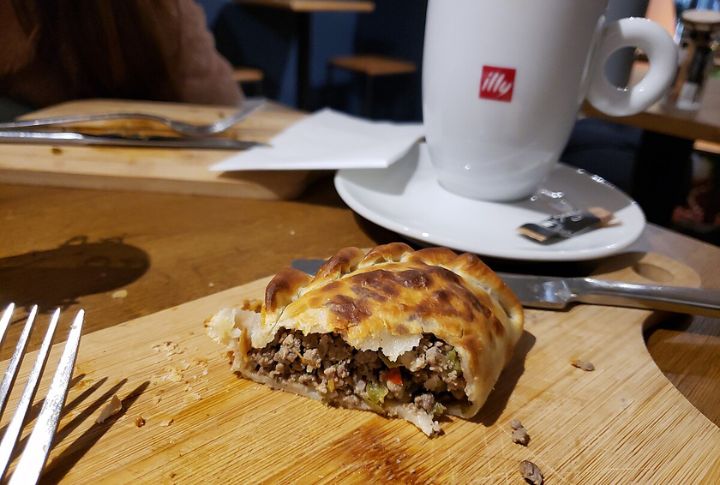
Empanadas weren’t originally Latin American—they came from Spain, influenced by Middle Eastern pastries. Over time, they became a symbol of comfort food, perfect for any meal. Today, chefs worldwide experiment with stuffing like kimchi, curry, and even Nutella.
Shawarma: Ottoman Empire

The first bite of shawarma is an explosion of warm, spiced meat wrapped in pillowy flatbread. Layers of lamb, beef, or chicken rotate on a vertical rotisserie, slow-cooked until tender and juicy. Originating in the Ottoman Empire, this dish spread across the Middle East and beyond.
Chip Butty: England

From greasy pub food to trendy gastropubs, the chip butty has traveled far. Once a humble working-class snack, it now appears on upscale menus with gourmet twists—think truffle fries, artisanal bread, and aioli instead of butter.
Doner Kebab: Germany

A late-night lifesaver, the doner kebab is a European staple after dark. Brought to Berlin by Turkish immigrants, this handheld delight features spiced meat, crisp lettuce, bold spices, and flavorful sauces—quick, satisfying, and the ultimate cure for midnight cravings.
Tamales: Mexico

Tamales trace their roots to the Aztecs, who packed maize dough and meat into corn husks for warriors on the move. Steamed to perfection, they remain a Mesoamerican staple, proving that great food often comes in small, portable packages.
Leave a comment